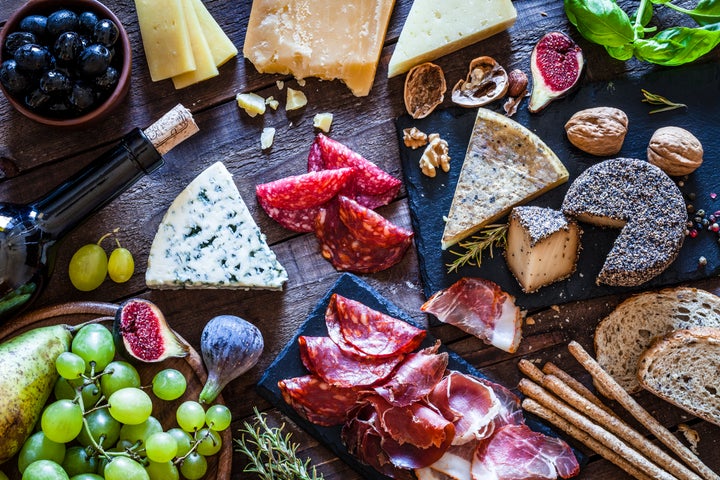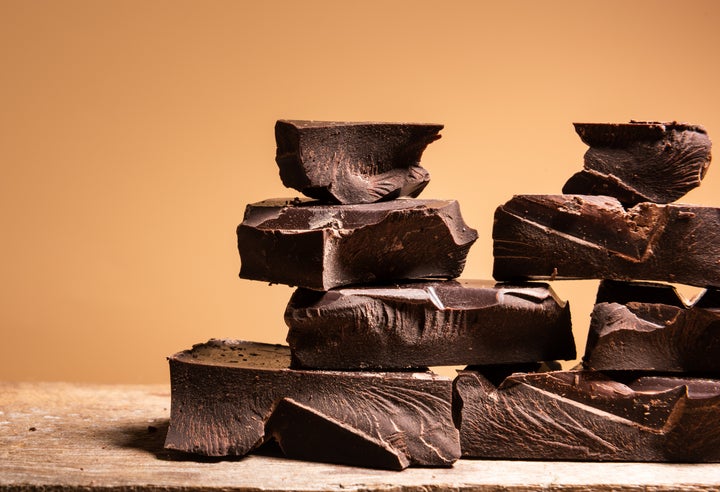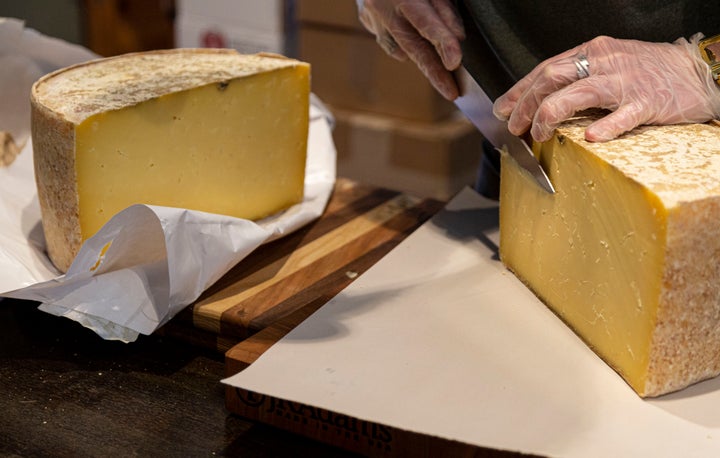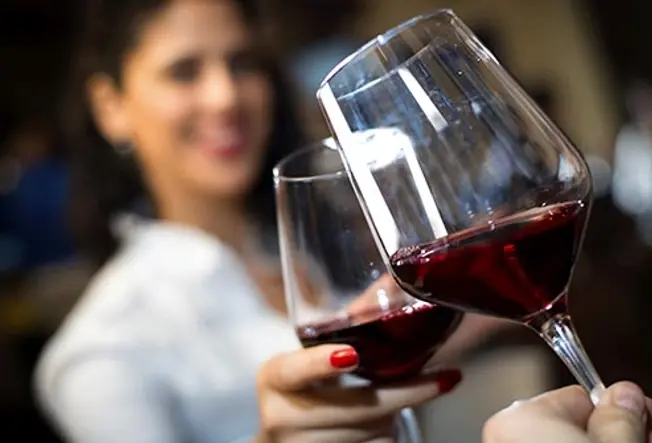In addition to making changes to your diet and lifestyle, research shows that several drinks could help lower blood pressure levels and support heart health.Marti Sans/Stocksy United
When blood pressure goes unchecked, it can lead to complications such as heart disease and stroke.
One of your first lines of defense against high blood pressure (hypertension) is your diet. Adopting a blood pressure-friendly diet may helpTrusted Source keep your blood pressure within a healthy range without the side effects caused by medications.
In addition to certain foods that may help lower your blood pressure, some types of drinks may also be helpful.
In this article, we’ll take a deeper dive into six different types of drinks that may help lower your blood pressure.
What is high blood pressure?
High blood pressure is a condition that occursTrusted Source when the force of the blood pushing against the walls of your arteries is too high.
This can cause your heart and blood vessels to work harder, which can damage your heart muscle over time. Additionally, it can cause small tears in the walls of your arteries to form, leading to the buildup of fatty plaque.
High blood pressure usually develops over time and can be causedTrusted Source by poor diet, lack of physical activity, and certain health conditions, including diabetes and obesity.
It’s important to treat high blood pressure, as it can increaseTrusted Source the risk of many other conditions, including heart disease, stroke, and kidney failure.
Treatment for high blood pressure generally involves a combination of medications, which are used to relax or widen your blood vessels, along with diet and lifestyle changes.
1. Beet juice
Not only do these colorful, low-calorie vegetables contain a host of health-promoting vitamins, minerals, and plant compounds, but they may also help lower your blood pressure.
A randomized pilot study from 2016Trusted Source found that the juice of both raw and cooked beets improved blood pressure. But raw beet juice had a greater impact on blood pressure.
Beets are rich in dietary nitrates, a compound known to have blood pressure-lowering effects. In a 2017 reviewTrusted Source, researchers found that these benefits were greater than the effects of nitrates alone.
In other words, other heart-friendly compounds are likely at play as well.
Try this simple beetroot juice recipe.
2. Tomato juice
Growing evidence suggests that drinking one glass of tomato juice per day may promote heart health.
In a 2019 studyTrusted Source, Japanese researchers evaluated the effects of drinking an average of one cup of tomato juice per day among participants with risk factors for heart disease.
They concluded that tomato juice improved both systolic and diastolic blood pressure, as well as LDL cholesterol. Other recent studies have reported similar results among people with stage 1 hypertension and pregnant women.
To avoid unnecessary sodium, which can have the opposite effect on your blood pressure, make sure to buy unsalted tomato juice.
3. Pomegranate juice
Not only are pomegranates rich in nutrients such as folate and vitamin C, they also boast potent anti-inflammatory effects. It may come as no surprise then that pomegranate juice can contribute to a heart-healthy diet.
A 2017 literature review of eight randomized, controlled trials found that consuming pomegranate juice may help lower both systolic and diastolic blood pressure.
The effects on systolic blood pressure were independent of how long participants consumed pomegranate juice for and how much.
If you decide to add pomegranate juice to your diet, make sure it’s 100 percent juice with no added sugar.
4. Berry juice
Like pomegranates, berries — especially blueberries — are known for their antioxidant properties.
A 2020 review reported that drinking cranberry or cherry juice may improve your blood pressure.
Another review published in NatureTrusted Sourcein 2016 found that consuming berries lowered both systolic blood pressure and LDL cholesterol.
In both reviews, the researchers concluded that berries likely have cardiovascular benefits, but more research needs to be done to clarify their role in preventing and controlling heart disease.
If you opt for store-bought berry juice, make sure it doesn’t contain any added sugar.
5. Skim milk
Low-fat dairy products such as skim milk and yogurt are a key component of Dietary Approaches to Stop Hypertension, a science-based set of recommendations for preventing and treating high blood pressure.
According to one 2018 studyTrusted Source in 2,694 adults, increased consumption of low-fat milk was also associated with lower levels of systolic and diastolic blood pressure.
But the researchers noted that they couldn’t separate which component of dairy may be responsible for the association, surmising that phosphorus and calcium may be playing a role.
Typically, health professionals recommend you try to get two to three servings of low-fat milk products per day. You can drink a glass with your meals or add it to cereal or a smoothie. Steamed skim milk also makes a great addition to coffee.
But if everyone were to consume two dairy servings a day, it would negatively contribute to climate change, place more pressure on natural resources, and may increase the methane (a type of greenhouse gas) output of dairy-producing farm animals.
For this reason, if you’re looking to eat a sustainable diet, you can aim for about 250 grams (g) of dairy a day and no more than 500 g. About one 8-ounce cup of milk or yogurt or about an ounce of hard cheese equals 250 g of dairy.
6. Tea
When it comes to blood pressure, not all teas are created equal. A 2020 literature reviewTrusted Source of randomized controlled trials compared the effects of black and green tea consumption on blood pressure.
The researchers reported that long-term intake of both types of tea lowered both systolic and diastolic blood pressure. But the reduction in blood pressure was more significant for green tea.
Another researchTrusted Source from 2019 supports these findings.
What about coffee and alcohol?
Both coffee and alcohol can have varied effects on blood pressure.
Coffee
The effect of coffee on blood pressure has been a longstanding source of controversy in the scientific community.
Caffeine appears to create a temporary spike in blood pressure. But this effect may not be significant, according to research from 2017, which showed that people with high blood pressure may be able to safely drink coffee.
But the study recommends people exercise some caution when consuming the drink.
Some past research has suggested that long-term coffee consumption is associated with an increased risk of hypertension.
But according to a 2017 literature review of 34 studies, moderate coffee consumption is safe, and perhaps even beneficial for both healthy people and those with high blood pressure.
If you have high blood pressure, ask a doctor or healthcare professional whether you should limit or stop drinking caffeinated beverages. With that said, it might not be the best time to start drinking coffee if you don’t already.
Alcohol
As with coffee, alcohol’s effect on blood pressure is complicated. Health professionals usually recommend drinking in moderation, though recent research indicatesTrusted Source even moderate drinking may be risky.
Moderate alcohol consumption — that’s up to one drink per day for people assigned female at birth and up to two per day for people assigned male at birth — was once thought to lower blood pressure. But recent research suggests that even moderate drinking may pose risks to heart health.
In addition, drinking alcohol has been associated with resistance to blood pressure treatments. Some people who drink alcohol might not always take their medications as prescribed. In addition, alcohol itself may interfere with the effectiveness of the medications. According to research, the impact of alcohol on blood pressure likely dependsTrusted Source on the amount you consume and how much time has passed since consumption.
When it comes to alcohol consumption, the recommendation likely isn’t the same for everyone. If you have high blood pressure, talk with a doctor to find out what’s considered a safe level of alcohol consumption for you.
What drinks to avoid with high blood pressure?
Just as some drinks can help lower blood pressure, several others may actually increase blood pressure levels.
Here are some drinks that you may need to limit or avoid if you have high blood pressure:
- Soda. Most soft drinks are loaded with added sugar, which could significantly increaseTrusted Source your risk of heart disease and high blood pressure.
- Sweetened beverages. Like soda, other sweetened drinks such as iced tea, for example, are packed with sugar, and iced tea is one of the most commonly consumed sugar-sweetened beverages in the United States. Ideally, opt for unsweetened tea whenever possible to limit your sugar intake to avoid a negative effect on your blood pressure.
- Energy drinks. In addition to providing a concentrated amount of caffeine and added sugar in each serving, research showsTrusted Source that certain types of energy drinks could significantly increase your levels of systolic and diastolic blood pressure.
- Alcohol. As mentioned above, some research suggestsTrusted Source that even moderate amounts of alcohol may be linked to high blood pressure levels. If you drink alcohol, be sure to talk with a doctor to determine whether it’s necessary to lower your intake.
Other tips for lowering blood pressure
There are several steps you can take that can help lower your blood pressure and support heart health, including:
- Limit sodium intake. Consuming high amounts of sodium from processed foods, salty snacks, or any other sources can increase blood pressure levels. The American Heart Association recommends ideally not consuming more than 1,500 milligramsTrusted Source of sodium per day.
- Follow a nutritious, well-rounded diet. Eating lots of fruits, vegetables, and whole grains can help increase your fiber intake and ensure you’re getting the nutrients you need to supportTrusted Source healthy blood pressure levels.
- Exercise regularly. Physical activity can help strengthen your heart and make it easier to reach or keep up a moderate weight, which could lower your blood pressure. Aim to get at least 150 minutesTrusted Source of moderate-intensity aerobic exercise per week, which includes activities such as jogging or cycling.
- If you smoke, consider quitting. While the relationship between smoking and high blood pressure is still being investigated, we do know that every time you smoke, it does causeTrusted Source at least a temporary increase in your blood pressure. Smoking can also causeTrusted Source your arteries to narrow and increase the risk of a heart attack and stroke, especially if you already have high blood pressure.
The bottom line
In addition to following a heart-healthy diet, some types of drinks may also be helpful when it comes to lowering your blood pressure.
According to research, several types of fruit and vegetable juices, as well as skim milk and green tea, may help to control your blood pressure.
If you’re concerned about your blood pressure, be sure to talk with a doctor about the best way to manage your blood pressure and heart health.











